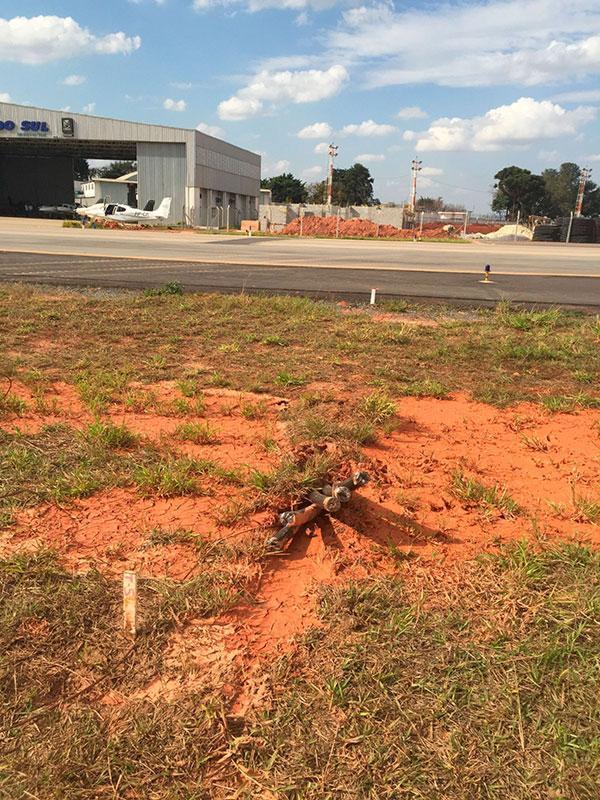 Descubre los más destacados artículos en materia de absorción de vertidos, almacenaje de substancias peligrosas, gestión de restos, contenedores de seguridad, obturación, seguridad y protección de las personas y ADR.
Descubre los más destacados artículos en materia de absorción de vertidos, almacenaje de substancias peligrosas, gestión de restos, contenedores de seguridad, obturación, seguridad y protección de las personas y ADR.Conversely, the next vapor flowrate hikes tray pressured drop, abetting entrainment. However, bubble cap trays also have some disadvantages that can affect their efficiency. The caps can create a large pressure drop throughout the tray, which may improve the energy consumption of the separation course of. Additionally, the caps can create lifeless zones on the tray floor, decreasing the general floor space available for mass switch.
Inlets and outlets
One of some nice advantages of bubble cap trays is their high mass switch efficiency. The bubbles created by the caps promote vigorous mixing between the liquid and vapor phases, leading to a excessive rate of mass switch. Additionally, the caps present a barrier between the liquid and vapor phases, reducing the entrainment of liquid droplets in the vapor phase and improving the purity of the separated elements. To overcome these disadvantages, a quantity of modifications to sieve trays have been developed, corresponding to the use of downcomers or liquid distributors to make sure uniform liquid distribution throughout the tray. Additionally, quite so much of tray supplies and coatings have been developed to increase the floor space of the tray and improve wettability, allowing for higher contact between the liquid and vapor phases.
thoughts on "Types of Trays in Distillation Columns"
There are a quantity of types of trays utilized in tray columns, including bubble-cap trays, sieve trays, valve trays, and structured packing trays. Bubble-cap trays have a collection of raised caps on the tray surface that create small bubbles to promote mixing between the liquid and vapor phases. Sieve trays have a perforated plate with holes that permit the vapor to cross by way of while holding the liquid on the tray floor. Valve trays have movable valves that permit the vapor to cross through whereas holding the liquid on the tray floor. Structured packing trays have a specialized packing material that provides a large surface area for mass transfer.
Capabilities
Tray columns are a type of mass transfer tools used in the chemical industry for separating mixtures of liquids with completely different boiling factors. Tray columns consist of a vertical cylindrical vessel with a collection of horizontal perforated plates or trays stacked one above the other. The trays are designed to promote mass switch between the liquid and vapor phases, which permits for the separation of the mixture into its element components. Trays normally are designed to function at liquid flowrates of between two and eight gal/min per inch of outlet weir length. Significant liquid entrainment into the upper tray and downcomer (relative to the whole liquid circulate across the tray) can backmix the achieved separation — lowering the apparent efficiency (Figure 2).
Multi-Column Elevated Storage Tank (LEG)
Liquid sidedraws are extra handy in trayed columns than in packed columns because downcomers present a ready place for collecting liquid. Often, the downcomer seal pan is recessed to improve the disengagement of vapor from the liquid. Sidedraw piping should be sized for self-venting and the gravity circulate of saturated liquid, to avoid flashing within the line. The preliminary horizontal run of gravity sidedraw piping ought to be freed from valves or other move restriction.
(e) A reflux drum to carry the condensed vapor from the top of the column so that liquid (reflux) may be recycled back to the column. From design and installation to upkeep and removal, you get trade specialists guiding you thru any challenge you face. Choosing Tanks Direct is the secure alternative since you get your project accomplished with the best equipment at one of the best worth – on time and on price range. It will take approximately two minutes to see the condensate transferring within the reboiler (HX101) resulting to 15psig pressure. Most multi-column designs also characteristic an exterior balcony, a structural member that permits easier inspection and maintenance of the tank container. Multi-column tanks are sometimes most popular in areas of excessive wind and/or Primarycaremedstore.com seismic activity. Foaming — By hindering the disengagement of vapor above a tray, foaming can create excessive frothing and entrainment.
Liquid and Vapour Flows in a Tray Column
Because of their flexibility and affordable worth, valve trays are tending to exchange bubble-cap trays. Vapour flows lifts the caps, thus self making a circulate space for the passage of vapour. The lifting cap directs the vapour to move horizontally into the liquid, thus offering higher mixing than is feasible in sieve trays. Since the valve tends to close as the gasoline move turns into lower, the whole orifice area varies to maintain a dynamic-pressure balance across the plate.
Smaller perforations can lead to a better strain drop and a extra turbulent vapor move, which may enhance mass switch effectivity. However, smaller perforations can even result in clogging and fouling, which may scale back tray efficiency over time. Packed columns are extensively used within the chemical industry for varied separation and purification processes, together with distillation, absorption, stripping, and extraction. The column consists of a vertical cylindrical vessel full of a packing material, which provides a big surface area for mass switch between two phases. The efficiency of the column is dependent upon the kind of packing material, the design of the column, and the operating conditions. Such variations in diameter or circulate require a specially designed transition tray.







